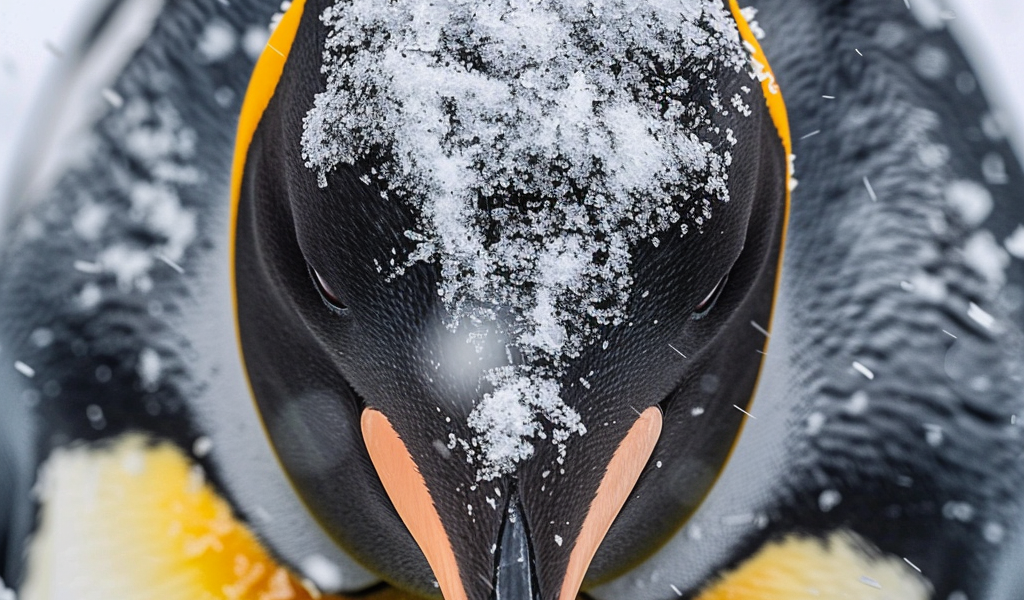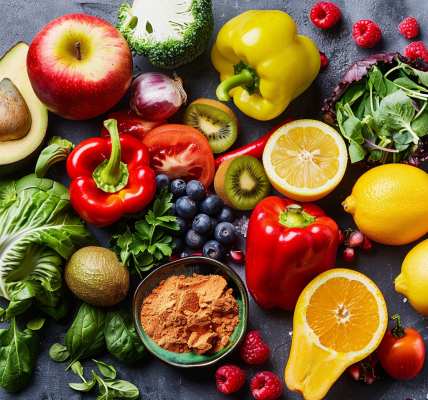Antarctica’s Penguins Could Be Devastated by Avian Influenza
By Meghan Bartels
A new kind of death is coming to Antarctica, scientists fear. The harsh environment is full of everyday heartbreak: predation, starvation, chicks that are lost at sea when their icy shoreline melts away. Now a novel pathogen threatens to rip through colonies of marine mammals and birds, potentially including penguins. If the very worst happens, it could make ghosts of entire species—and scientists can’t do much more than wait.
A deadly strain of H5N1 avian influenza has been blazing through poultry farms and flocks of wild birds around the world, infecting mammals and even killing at least one polar bear. Now it’s knocking at the gates of Antarctica, just as dozens of species that have likely never experienced any strain of avian influenza are congregating to raise their next generation. Avian influenza is currently causing big outbreaks on islands around the southern tip of South America, about 1,000 miles from the Antarctic Peninsula. The virus has led to clusters of illness in Gentoo Penguins on the Falkland Islands in January and in fur seals, elephant seals and other animals on the island of South Georgia last December. Scientists fear it will just require a short jump for the virus to hit the Antarctic Peninsula and spread into the rest of the continent.
“We’re kind of braced for impact. We’ve been like that since basically the end of [last] year,” says Marcela Uhart, a wildlife veterinarian at the University of California, Davis, who is currently monitoring the outbreak from Patagonia. “It is unlikely that [avian influenza] will not get there just because of how connected the species are,” with the animals often traveling long distances through the Southern Ocean to find food.
Avian influenzas come in two varieties. Typically, wild birds catch mild cases of what scientists call “low-pathogenicity” flu, whereas farmed poultry species such as chickens and ducks can develop much more serious infections with “high-pathogenicity” strains. These different flavors can mix, creating more infectious viruses such as the one currently ravaging South America. That combination, a substrain called clade 2.3.4.4b that developed within the past decade, comes from a lineage identified in China in the mid-1990s that has led to occasional outbreaks around the world. But clade 2.3.4.4b has now become a Frankenstein virus that combines the severe disease of poultry strains with a particular affinity for infecting wild birds. In addition to hitting South America, the virus has devastated seabird c





